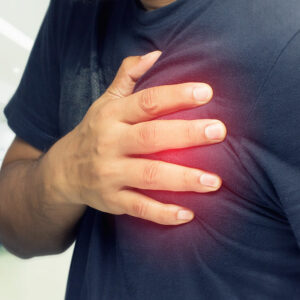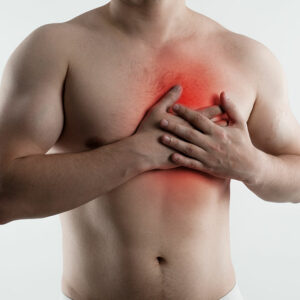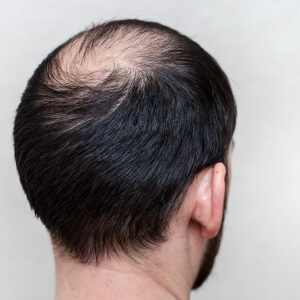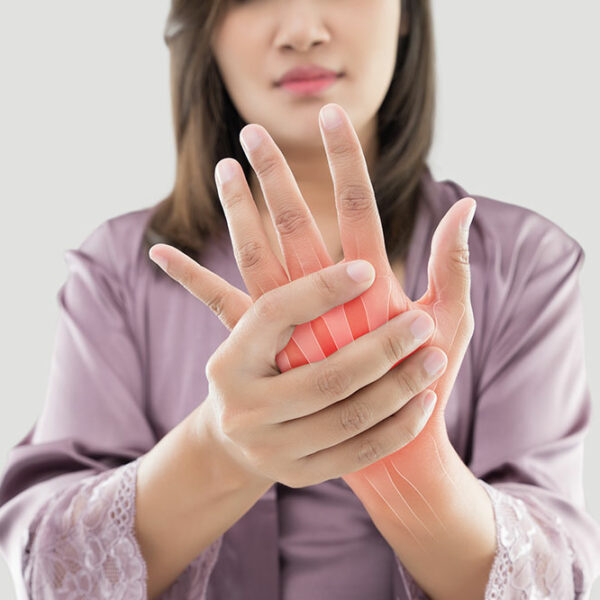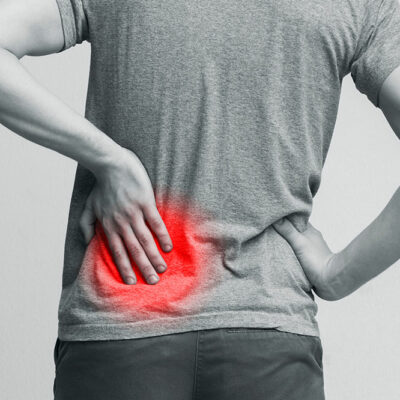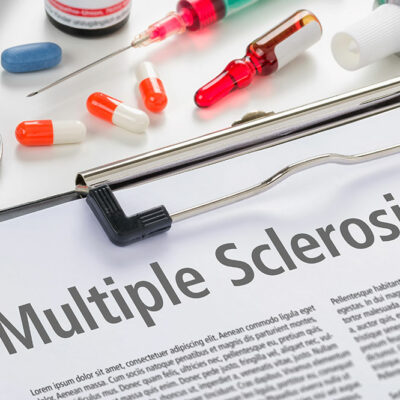4 common mistakes one must avoid while using massagers

Foot massagers are helpful for a multitude of reasons. These devices help lower blood pressure through percussive, rhythmic massaging of the skin, muscles, and ligaments. Besides, electronic massagers also help relieve anxiety and stress. All of these benefits lead to healthier legs and, by extension, healthier bodies for individuals. Foot massagers do not require much effort to use correctly. However, new users will likely make the following mistakes while using these devices.
Assuming that high frequency is better
Foot massaging systems have multiple speed and frequency settings to let users regulate the rapidness and rotations of the massaging vibrations. Many users believe that keeping the massager at its highest frequency will guarantee a comforting and satisfying massage. Unfortunately, using high frequency for too long can cause damage to one’s skin and feet in the long run. For this reason, many massage guns and percussive devices come with frequency ranges set within therapeutic ranges that only certified and credible professionals advise. Even when no such limit exists, massagers within moderate frequency are advisable.
Rushing with the massaging process
Massages are supposed to be tranquil and relaxing in nature. Therefore, it is generally advisable that people not use foot massagers when they do not have much time for the entire exercise. Users need to cover all the muscles in their feet slowly while they are in a relaxed state. Doing so helps alleviate pain or tightness in one’s feet after a long and tiring day. Different device makers recommend that their buyers use rhythmic massagers in certain patterns (up to down or side to side) for different occasions: pre-exercise, post-exercise, and others. Therefore, reading the user manual that comes with such devices can be helpful to get the most out of them.
The bottom line is that massaging is not a chore that needs to be finished rapidly. Instead, it is a meditative exercise that needs to be given as much time and gentleness as one can afford.
Using extra pressure
Apart from rushing with the massaging process, another bad mistake people make is to press the massager HARD on their feet while they move it up and down their legs. A common misconception about massaging is that “the harder, the better.” Unfortunately, too much pressure can cause discomfort in the long run and even foot injuries that will take time to heal.
As is the theme with multiple points in this article, gentleness while usage is also the key here. Users need to gently press the machine over their legs and feel the vibrations soothe the different components from outside and within.
Focusing on one area for too long
Many people may concentrate on one area for several minutes while they massage their feet. After the massage session, this tends to leave others neglected and out of shape. Ideally, one must massage a given area for maximum effectiveness for a few minutes before moving on to another.
Some other mistakes include using massagers directly over bony prominences and using the massaging machine several times daily.
